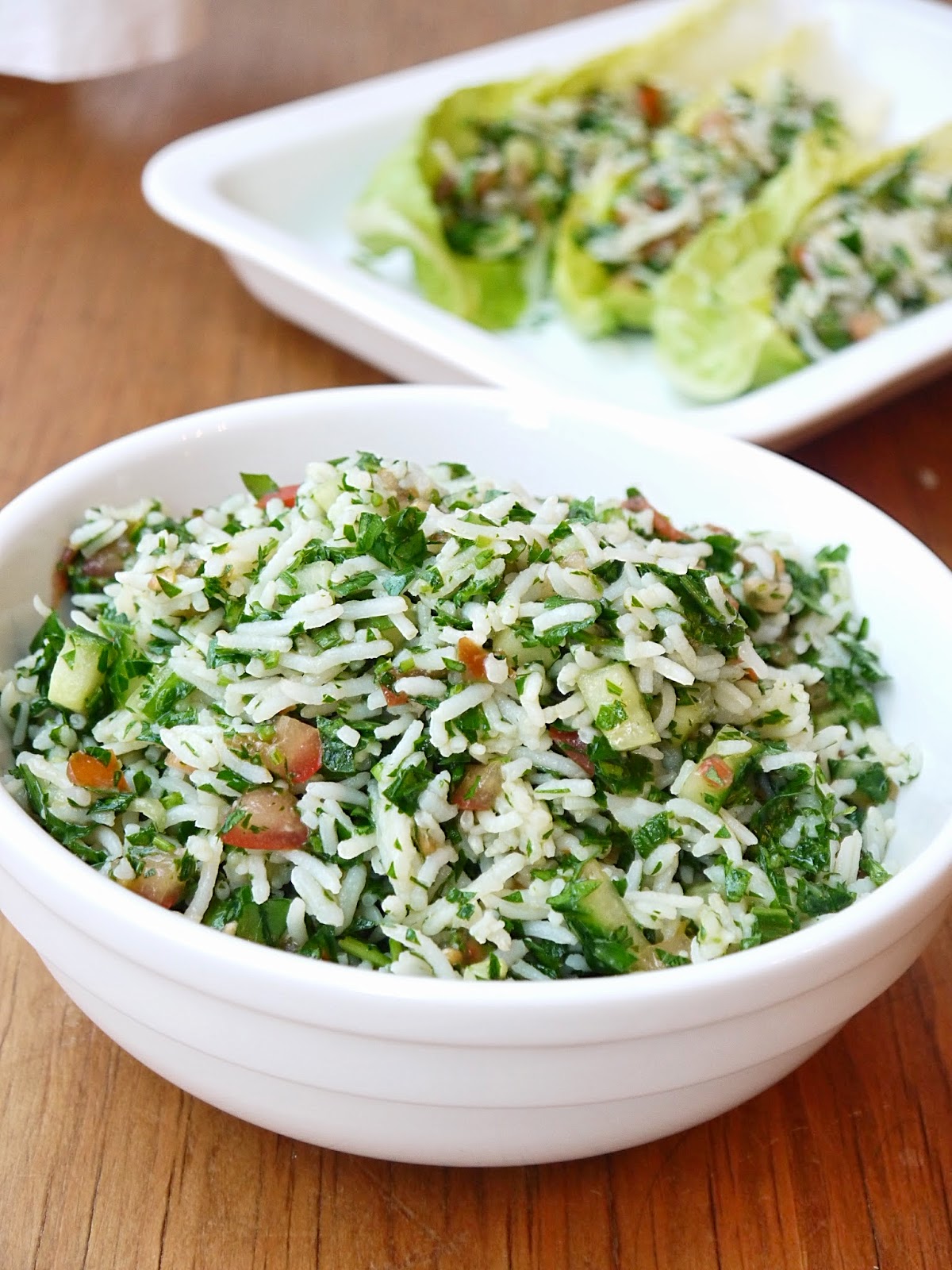It's February now, the dreariest month of the year, in my book. Too cold to go out much, and the sniffles and coughs are passed around in my house, from preschooler to baby to mommy, and we begin to feel just a little bit, well,
crazed. Know what I mean?
My Palestinian great-grandmother used to say:
If all of the old women in the village make it through February, they will live to see another year.
Not to be bleak or anything.
I remember February in Jerusalem as being the longest, coldest months of my life. With no central heating, and not enough sunshine to heat up the water on our roof-top solar panels, we were cold, cold, cold. It was an inescapable cold, from the moment my feet touched the icy tile floors, that persisted during our (unheated) school hours, where I reluctantly sat shivering at my desk, until deep in the night, when I listened to wind wailing through my bedroom windows, hauntingly mixed with with howl of roaming dogs and the mosque's early morning call to prayer. I bathed with basins of hot water that my mother heated up in kettles, slept with hot water bottles wrapped in flannel sheets, and in the afternoons,while rain flogged the green metal shutters, I warmed my hands over the kerosene heaters, my fingers too stiff to work the piano keys.
On frosty mornings, my father warmed up frozen loaves of pita bread by setting them on the top of a kerosene heater to defrost. I still remember the sizzle as the ice dripped down into the heater, and the smell of charring bread. My mother worked at the little stove top, frying eggs and potatoes or white cheese, or stirring a hot porridge.
Warm breakfasts for cold mornings, she said.
Here, in northern Virginia, I get to watch the cold from my window, darting quickly to a car and back. February is now the month of long, snowed-in days, of blizzards, of crafts and reading inside, of snowy romps on frozen streams.
Time to stir up a little warm breakfast, I thought to myself this week: something easy, something filling, something that I can make without leaving my house. A few minutes later, I found myself gathering ingredients to make a Middle Eastern breakfast bowl, akin to the breakfasts my mother made for us.
If you have
a stocked Middle Eastern pantry, you already have everything you need to make this for breakfast. Or lunch. Or dinner. I won't tell. Nor will it matter when you are snowed in for days on end.

These potatoes are flavored with the classic Middle Eastern seasoning,
za'atar, which is a blend of our indigenous thyme, lemony sumac, sesame seed and salt. While this seasoning is usually used for bread, such as za'atar bread (
mana'eesh), or for dipping, I think that the flavors of thyme also work beautifully with potatoes. By frying the potatoes in olive oil, the same zayt-and-za'atar flavors of our olive oil-and-za'atar sandwiches comes through, and a final squeeze of lemon lifts and balances the dish.
Arabs regard za'atar as a medicinal herb for warding off respiratory infection. Perfect excuse to eat these again tomorrow?
I think so.
Add an olive-oil fried egg (have I shown you yet how Arabs fry eggs? I must do so), or scramble an egg and stir it in at the end, to make a warming breakfast dish sure to scare away the February blues.
Za'atar Skillet Potato Hash with Fried Egg
(serves one)
1 large white potato
2 tbsp olive oil, approximate
Small clove of garlic, minced
1 tsp
za'atar*
Sea salt and freshly ground pepper
Lemon wedge
1. Scrub potatoes. You may leave skin on or off, as desired. I like them on.
2. Optional, time-saving tip: microwave potatoes (or you could also parboil in salted boiling water) until slightly tender, about three minutes in the microwave, flipping once. Then cool slightly until you can handle them. You can also prepare potatoes in advance and refrigerate until ready to proceed with the recipe.
3. Coat a skillet with a layer of olive oil and heat over medium heat. Dice the potato in a 1/2 inch dice. When the oil is hot, add potatoes in a single layer. Season with salt and pepper. Stir only occasionally, letting the potatoes fry until golden brown. If they are precooked, this will take 5 minutes.
4. Sprinkle potatoes with za'atar and stir to coat. Add another drizzle of olive oil, and minced garlic, and fry for another minute or two until golden brown and fragment. Remove from heat; squeeze fresh lemon juice over the potatoes, toss and pour out into a bowl.
5. Serve with a fried egg on top. Or, leave the potatoes in the skillet and scramble in some eggs. Sprinkle with a little more za'atar.
*Za'atar can be purchased at large grocery stores, Middle Eastern grocers, or online. If you want to make it, combine 1/4 cup ground thyme, 1/4 cup ground sumac, 1/4 cup sesame seeds and 1 tsp sea salt.
Sahtain!
Related Posts:
*
Ancient Herbs: Za'atar and Sumac
*
Za'atar Bread, or Mana'eesh
*
Zayt-and-Za'atar Sourdough Crackers
































